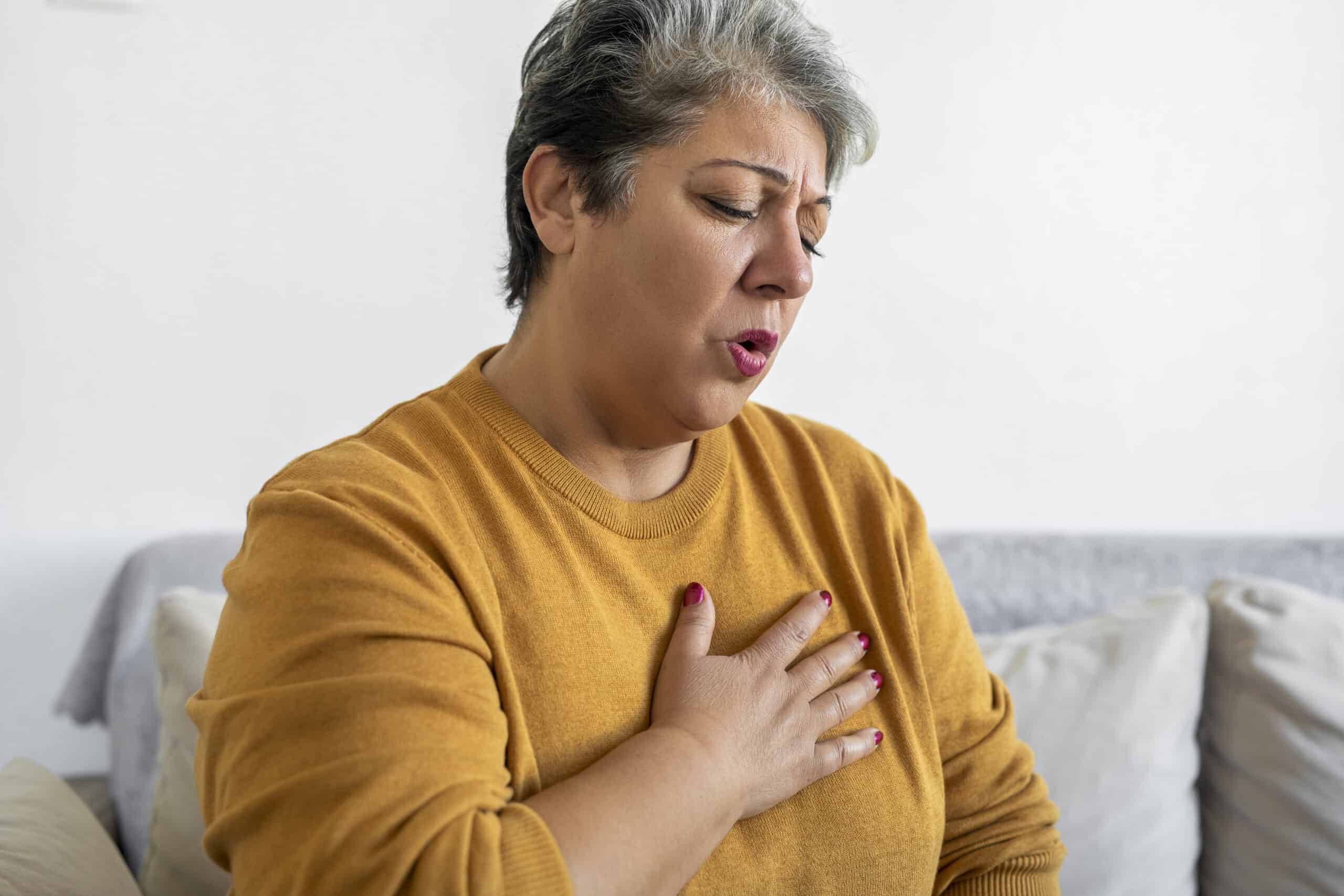Podiatry Care
Want to learn more about this at Kettering Health?
Heart disease is the No.1 killer of women in the United States. Why is that, and what can you do to reduce your risk?
We asked cardiovascular specialist Dr. Josephine Randazzo for her expert insight.
What are the symptoms of heart disease in women, and how do they differ from men’s?
The most common type of heart disease in men and women is coronary artery disease (CAD), in which the arteries of the heart become damaged or diseased. Men with CAD most commonly experience chest pain.
For women, it’s different—they are more likely to have shortness of breath and fatigue during routine activities (not exercise). These symptoms are easy to blame on something else, like being tired, working too hard, or not being in shape.
Since women often miss the warning signs of CAD, they tend to delay seeking medical care. Very often, by the time they seek help, it’s a cardiac emergency.
Their heart may already be damaged, and they may have blockages in multiple blood vessels instead of just one, which leads to poorer outcomes.
Are the risk factors for men and women different?
Men and women have many of the same risk factors for CAD, including
- Being overweight or obese
- Smoking
- Eating an unhealthy diet
- Being physically inactive
- Drinking too much alcohol
- Having other health problems, such as high blood pressure and high blood cholesterol
- Having a family history of heart disease
Women have a few risk factors that men don’t. Diseases that can elevate a woman’s risk include:
- Endometriosis
- Polycystic ovary disease (PCOS)
- Cardiomyopathy
- High blood pressure develops in pregnancy
What health numbers show risk for heart disease?
It’s important to get your cholesterol tested so that you’re aware of your LDL (bad cholesterol) and triglycerides levels.
Your LDL should be below
- 130 if you don’t have any risk factors for heart disease
- 100 if you have one or more factors
- 70 if you have a personal history of heart disease, such as peripheral artery disease or a past heart attack or stroke
Your triglycerides should be less than 150.
Body mass index is another good number to know, and you should aim for less than 30.
Your blood pressure should be below 140/90.
If you have diabetes, you should know your hemoglobin A1C. This number gives you a snapshot of your average blood sugar level over the past two to three months.
A reading of 6.5% or less means you are achieving good blood sugar control, which is vital to your heart health.
What are the most serious warning signs?
Seek help if you experience these symptoms, especially if you smoke, have diabetes, or already know you have vascular disease.
- Sudden onset of shortness of breath or fatigue
- Chest palpitations (irregular heartbeat)
- Chest discomfort (while less common in women than men, it does happen)
Going to the emergency department is an option, but if you don’t think it’s a medical emergency, call your primary care doctor’s office. The doctor can do an exam, talk to you about your symptoms, and order preliminary tests if needed.










